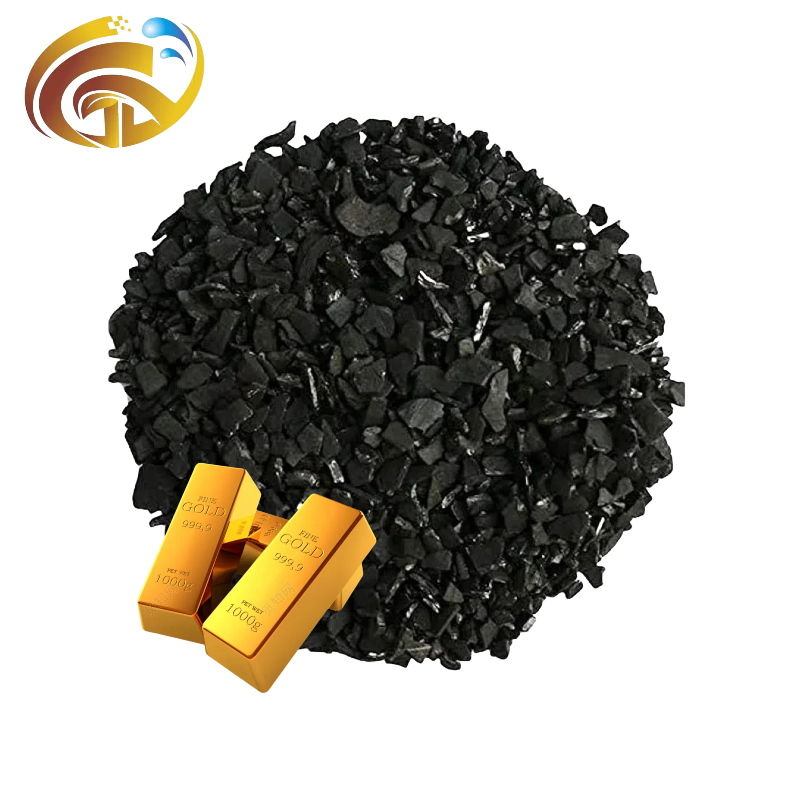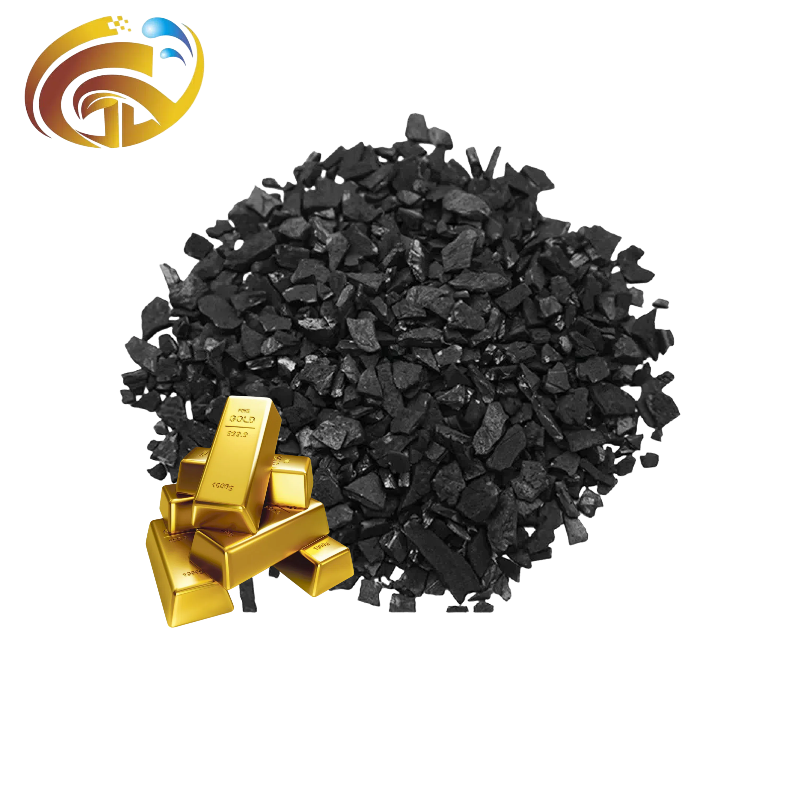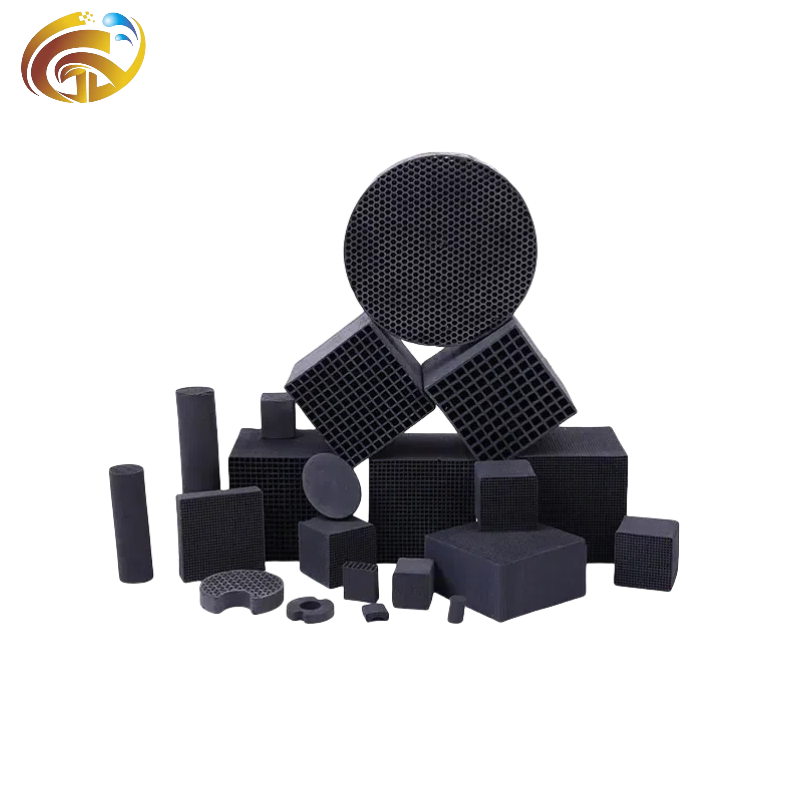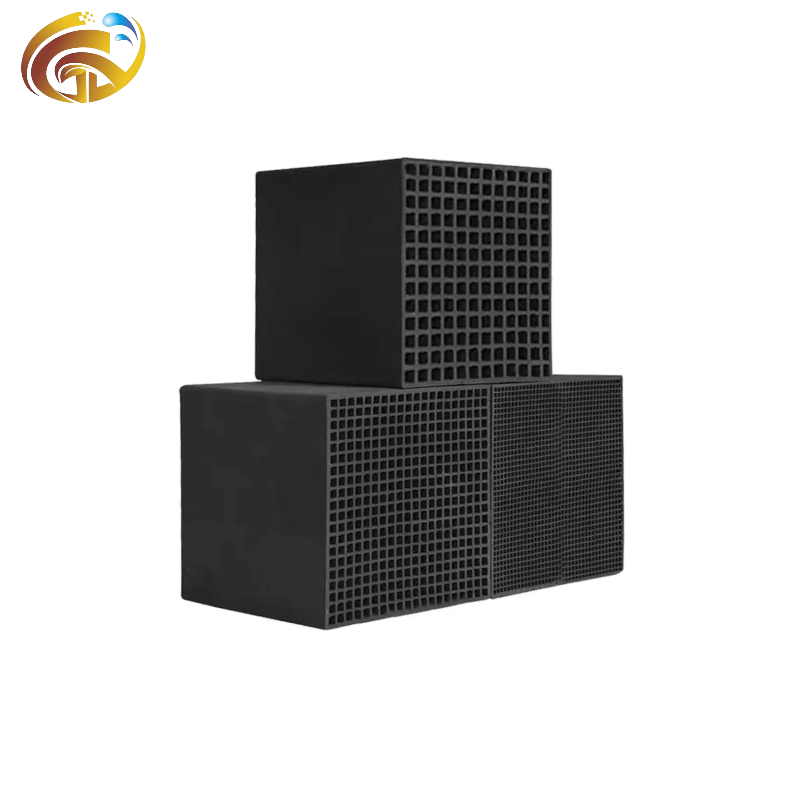History and progress of activated carbon in medical applications
Activated carbon is a versatile material that can control the vast majority of molecules that pollute the air—over 150 million chemicals. Today, activated carbon is used in a range of filters to remove a range of chemicals, including volatile organic compounds (VOCs). Besides causing eye, nose, and throat irritation, these chemicals have been linked to damage to the liver and kidneys, the central nervous system, and even cancer. Activated carbon filters are also used to remove other chemical pollutants from the air and eliminate odors in wastewater treatment plants and other manufacturing processes.
It seems that activated charcoal was first used by prehistoric humans for a completely different purpose: to remove impurities from smelting metals to make bronze. Like the Bronze Age people, the ancient Egyptians discovered an aspect of carbon completely unrelated to air filtering: this time, as an antiseptic. But the Egyptians discovered that carbon could be used for more than just an antiseptic. The first recorded medical use of carbon comes from Egypt around 1500 BC. Around 400 BC, ancient Indians and Phoenicians discovered the therapeutic properties of activated charcoal and began using it to purify water. More recently, in the 18th century, charcoal was recognized as a useful substance for controlling the odor of gangrenous ulcers, and it was also used to treat stomach ailments.
In the mid-19th century, carbon became ubiquitous as a remedy for many ailments. In 1857, the Army Surgeon General noted, "Carbon mixed with breadcrumbs or yeast has long been the material of choice for making poultices among both army and naval surgeons." Carbon poultices also saw good results in hospitals as an ulcer remedy applied to exfoliated ulcers and gangrene. During World War I, gas masks used carbon to filter out some of the deadly gases used on troops, but it wasn't until after World War II that the production and use of activated carbon became popular, ultimately leading to the development of modern activated carbon air and water filters. By the end of the 20th century, activated carbon was used in a variety of modern medical devices, including wound dressings, kidney dialysis units, and treatments for drug overdoses and anemia in cancer patients.




· Fujian Guangyuan Carbon Products Co.,Ltd.
